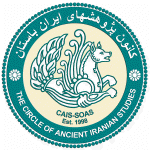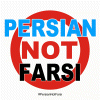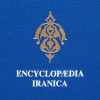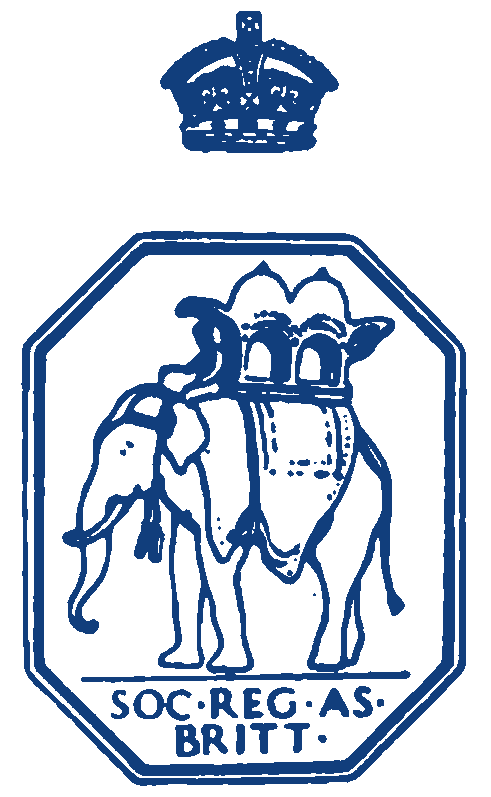|


CAIS
The Circle of Ancient Iranian Studies
Home
About CAIS
Articles
News Archive
Announcements
Seminars
Submission
Contact Us
Copyright
Disclaimer
Search
Follow us on




| |
|
.
|
|
CAIS ARCHAEOLOGICAL
& CULTURAL NEWS©
|
|
London
and Paris Markets Flooded with Looted Iranian
Antiquities
|
|
News
Category:
Cultural
|
|
11
January 2004
|
|
The
Level of Stolen Artefacts in foreign markets, suggest it
is a governmental involvement, as well as some opportunist
looters.
Thousands
of objects have been plundered from a newly discovered
site at Jiroft
In
January 2001 a group of Iranians from Jiroft in the
southwestern province of Kerman stumbled upon an ancient
tomb. Inside they found a hoard of objects decorated
with highly distinctive engravings of animals,
mythological figures and architectural motifs.
They did not realise it at the time but they had just
made one of the most remarkable archaeological
discoveries of recent years, one that is radically
altering accepted notions of the development of the
world's earliest civilisations in Iran and Mesopotamia
between the fourth and third millennia BC.
A few weeks after the discovery, officials from Iran's
Ministry of Culture, vastly outnumbered by local people,
watched hopelessly as thousands systematically dug up
the area. The locals set up a highly organised impromptu
system to manage the looting: each family was allocated
an equal plot of six square-metres to dig.
This organised pillaging continued for an entire year.
Dozens of tombs were discovered, some containing up to
60 objects, and thousands of ancient objects were
removed. All of these were destined for overseas
markets.
In February 2002 Iran's police finally arrived in force
to stop the destruction. Some 2,000 objects were
confiscated from locals in Jiroft and other hoards of
the ancient artefacts ready to be shipped overseas were
seized in Tehran and at Bandar Abbas.
The objects confiscated by the police are unlike
anything ever seen before by archaeologists. Many are
made from chlorite, a grey-green soft stone, others are
in copper, bronze, terracotta, even lapis lazuli. They
are now being studied by a group of Iranian
archaeologists led by Professor Yousef Madjidzadeh.
Official excavation of the site began in February 2003.
It is focusing on both the necropolis, which was looted
extensively, and on an ancient settlement not discovered
by the looters.
The finds at Jiroft were first publicised last August
when an illustrated catalogue of some of the objects was
circulated at a conference in Tehran (Yousef Majidzadeh,
Jiroft: the earliest Oriental civilisation, Organisation
of the Ministry of Culture and Islamic Guidance, Tehran,
2003).
But much of the damage done at Jiroft is irreversible:
the tombs that were plundered were completely emptied
and hoards of the artefacts have already appeared for
sale in Europe. In 2002 vases from the site were offered
for sale at Drouot in Paris and, according to market
specialists, the artefacts are on offer with several
dealers in France. They are usually catalogued as vases
from Kerman or with the more generic description of
Middle Eastern. A group of some 80 Jiroft artefacts was
known to be on offer in London last year with a price
tag of £600,000. An important group, seen by the author
of this article, is now being offered for sale in a
prominent London gallery. The dealer said that he is
worried about the growing number of fake Jiroft vases
now circulating on the market. These could be the work
of the very same locals who looted the site in the first
place and have access to the same chlorite quarries of
their ancestors.
Source
: the Art Newspaper
|
|
| |
|


|
|
 |

Persian
NOT Farsi

Encyclopaedia Iranica

The British Institute of
Persian Studies

The British Museum

The Royal
Asiatic Society
of Great Britain and Ireland
|
|

![]()
